Jamie Hawkesworth doesn’t know where he’s going (and that’s a good thing)
9 min read
Jamie Hawkesworth takes time out of the darkroom to talk about his new show, ‘The British Isles’, at London’s Huxley-Parlour gallery
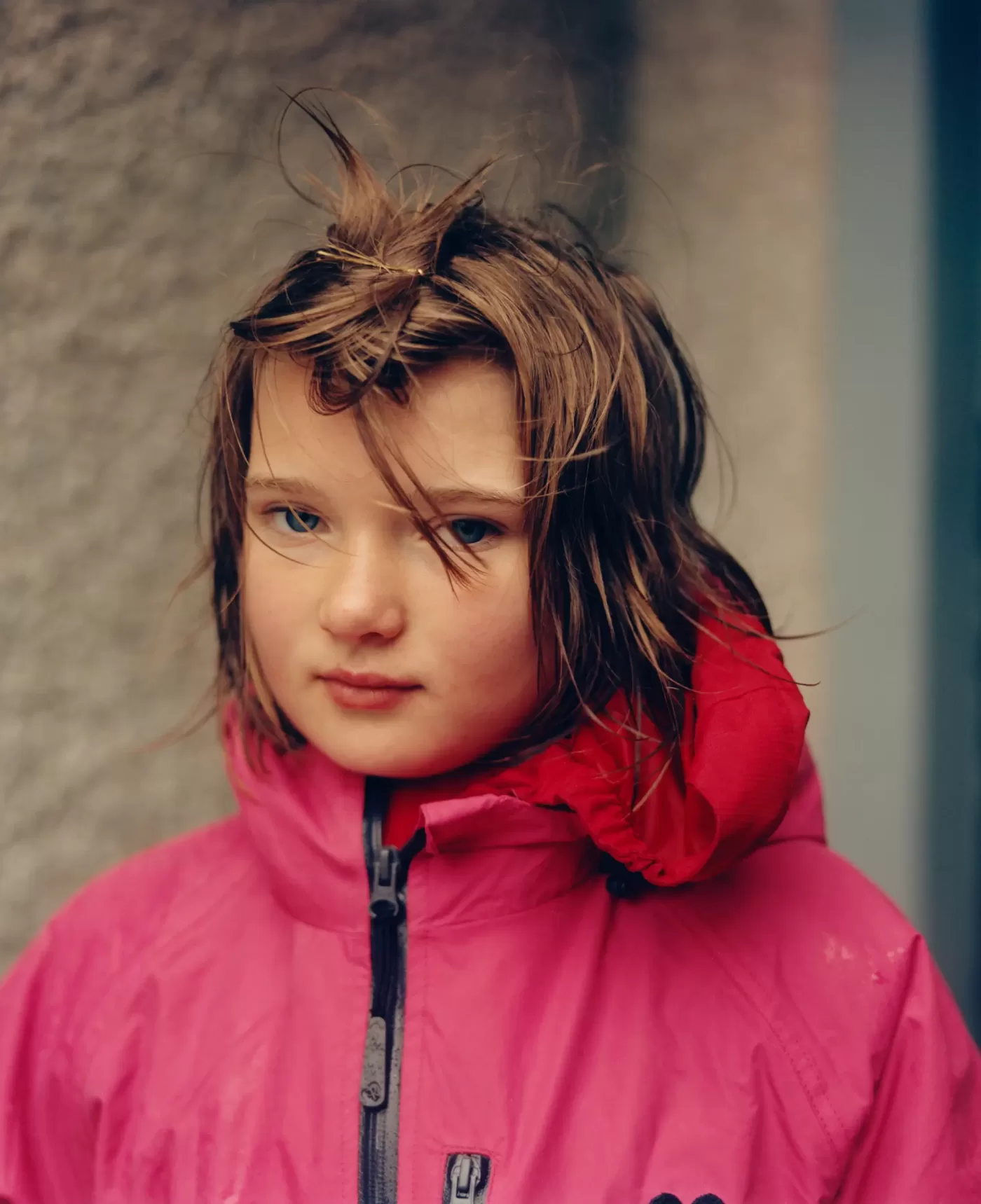
Untitled, from the series The British Isles, 2007-2020, Jamie Hawkesworth © Jamie Hawkesworth, image courtesy Huxley-Parlour, London
Jamie Hawkesworth might be best known for his fashion collaborations with Loewe, JW Anderson, Miu Miu, Alexander McQueen, Marni… you name it. But I know him as the artist who opened my eyes to photography. In 2010, I was a teenager in Manchester when he published his newsprint zine Preston Bus Station with Adam Murray and Robert Parkinson of art collective Preston Is My Paris. In Hawkesworth’s hands, the faded glory of the northern town’s 1969 Brutalist bus station became an arcadia of golden light and cloudless skies. To me, it was a strikingly new way of seeing a familiar sight. A simple trick, but one that stuck with me.
That project (later expanded and published in hardback by Dashwood Books) kicked off Hawkesworth’s career. It also started a 13-year project of solo travelling and shooting around the British Isles. In 2021, those portraits, still lifes and landscapes were released in a book, The British Isles, published by MACK. Now, the same work has been edited down and blown up for its first gallery exhibition at London’s Huxley-Parlour.
Back in 2010, Hawkesworth was still fairly new to photography. He was born in Ipswich and in 2007 moved to Preston to study forensic science at the University of Central Lancashire. He soon found that he enjoyed making evidence photographs more than studying science, so he switched. He reckons that this “late entry” to photography pushed him to learn quickly, and from that, he developed a love for spontaneity. “I really struggle with ideas at the best of times. I really love being at the mercy of chance and turning left and seeing what happens… I quickly realised that if I left the house and got walking, I didn’t need to come up with some big idea, I could just bump into people and take their portrait,” he tells me over the phone.
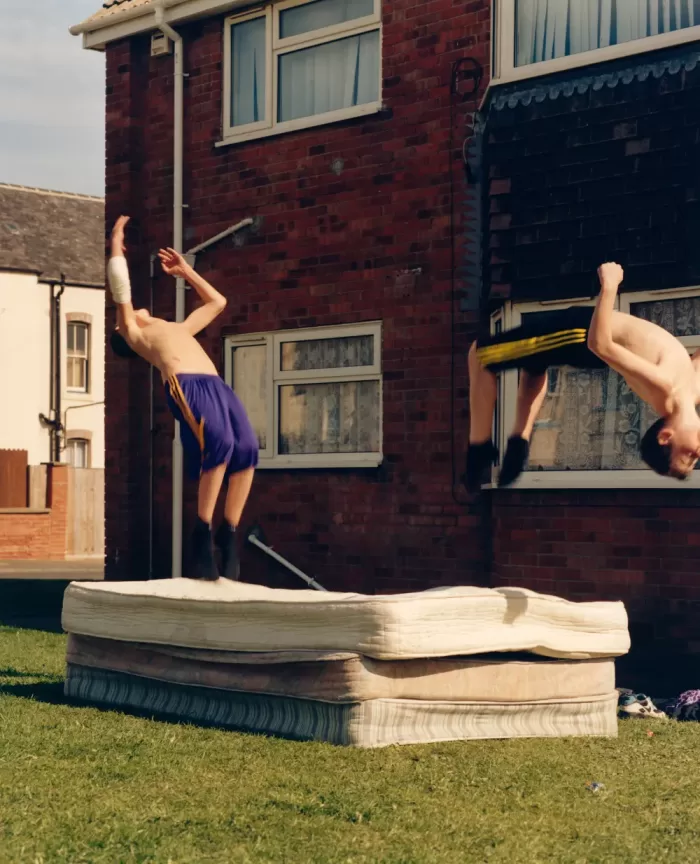
Untitled, from the series 'The British Isles', 2007-2020, Jamie Hawkesworth © Jamie Hawkesworth, image courtesy Huxley-Parlour, London
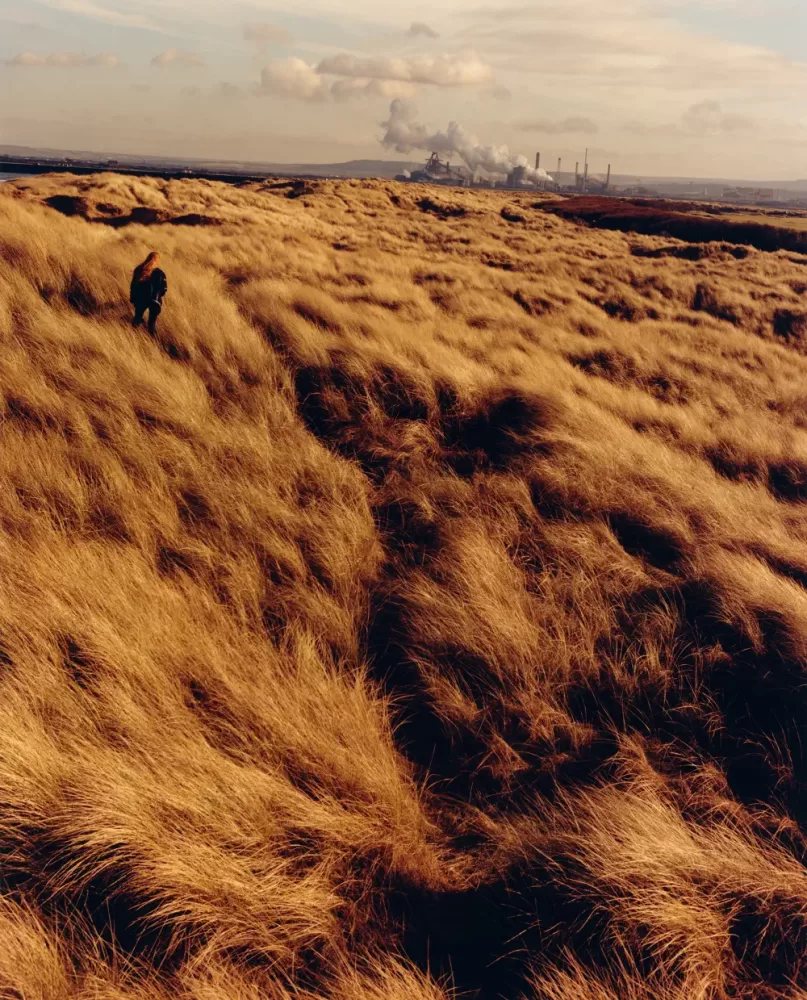
Untitled, from the series 'The British Isles', 2007-2020, Jamie Hawkesworth © Jamie Hawkesworth, image courtesy Huxley-Parlour, London
At the time, Hawkesworth had no plan, just curiosity and a drive to see the country: the places he had never visited, distant places, places he only knew by name, and places he didn’t know at all: Bridgend, Hartlepool, London, Unst. It was only at the beginning of the pandemic, when he had time to sit down and look over all the work he’d done over the past decade, that everything started falling into place. “I think if I had sat at home and said, ‘Right, I’m going to attempt to do a book about the British Isles’, I probably wouldn’t have left my room,” he laughs.
When I ask what he was looking for, he’s refreshingly honest. “Absolutely no idea! I would usually get off the train or bus and head towards the town centre, or if I was by the coast, head to the coast. Something would always tend to happen.”
He tells me about the time he travelled as far north as possible, to the Shetland Islands – a journey of train, ferry, bus, ferry, and another bus – before being “dumped outside the community centre in the pissing rain”. His first thought was “What the hell am I doing here?” Then he spotted a young girl who’d just placed last in the community pony competition, dressed in a bright pink coat, her hair lank from her helmet. “Her face is kind of extraordinary. Every time I look at that picture I’m reminded that you can go miles and miles and if you bump into one person it’s worth the whole journey. It’s a picture I’ve always loved, more than any other picture.”
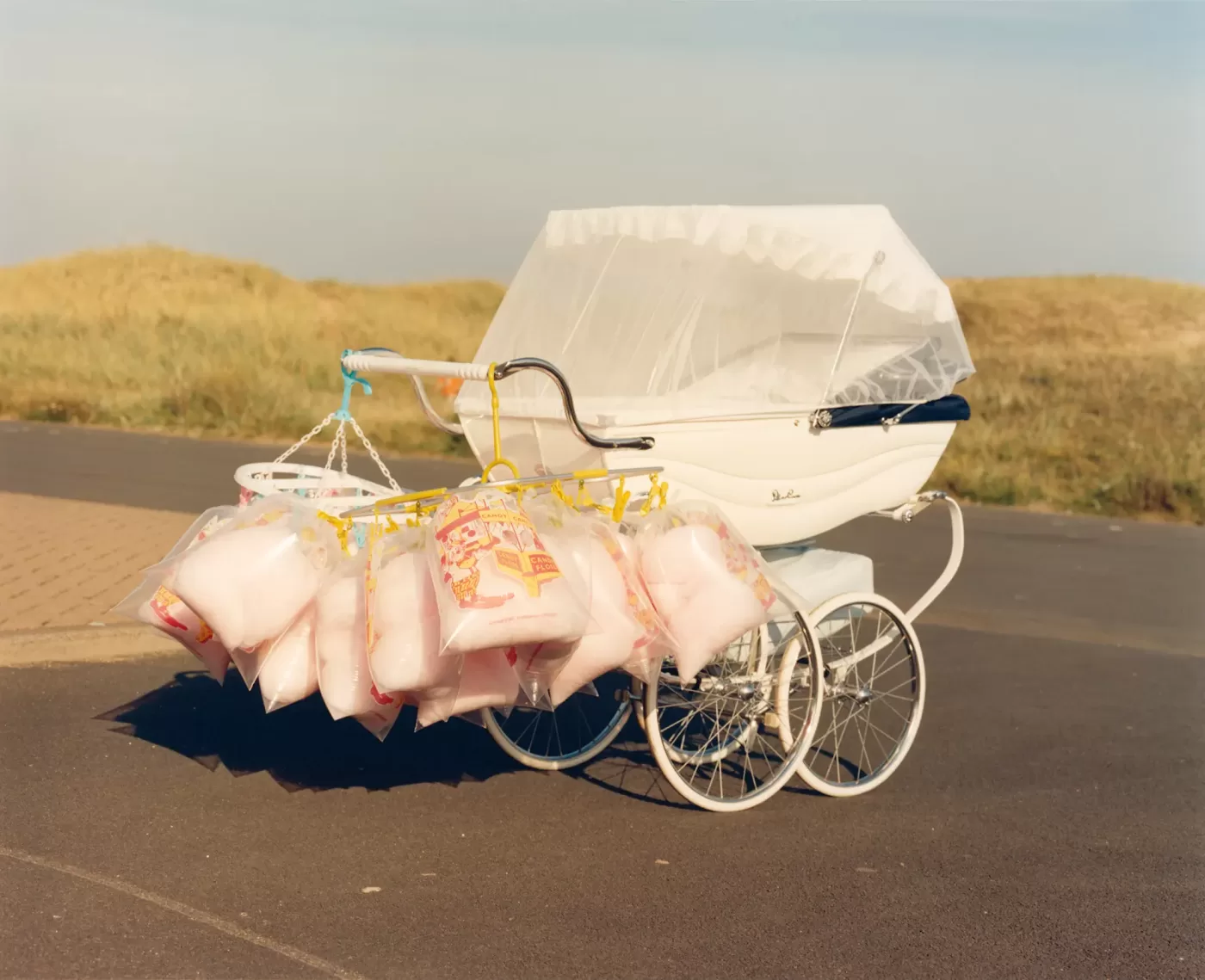
Untitled, from the series The British Isles, 2007-2020, Jamie Hawkesworth © Jamie Hawkesworth, image courtesy Huxley-Parlour, London
He remarks that this is the only picture in the whole show where the viewer and subject can meet eye to eye. It was a deliberate choice, he says. He decided early on in the editing process that he wanted to separate the experience of the book from that of the exhibition. The book was an intimate experience; a series of portraits punctuated by still lifes and landscapes, to be held in the hands and looked over. For the exhibition, “I tried to pick pictures that felt a little more transient, a little stranger,” he says. There are fewer works here, and they’re also printed much larger than ever before. Hawkesworth tells me how he was surprised at the details the large-scale prints reveal.
Take the man in the sunglasses and sun-bleached baseball cap flecked with paint. “Actually the show started with that print. I was testing out the size and asking, “Is this the right way to go? Is it nice to keep it really intimate? You know, peek into a picture. When it came to that print, for the first time I could see on his glasses and on his skin the really fine splashes of paint. They’re the kind of details that would catch your eye in reality.”
“If you’re just observant, then there’s some fucking crazy amazing things that happen,” he laughs. “It’s that simple. Just watching what people do, extraordinary things happen.” In the photograph of the two boys doing somersaults on a mattress, one boy has a plaster on his hip. Hakwesworth likes to imagine that this might be from playing the day before, perhaps even earlier that morning. “There are so many small things that you can get your eye into that you could very easily ignore, miss, or not even see.” It’s a generous way of viewing the world. A view not shared by every artist, not even every photographer. That beauty is already out there, you don’t need to go and make it, you just need to find it.
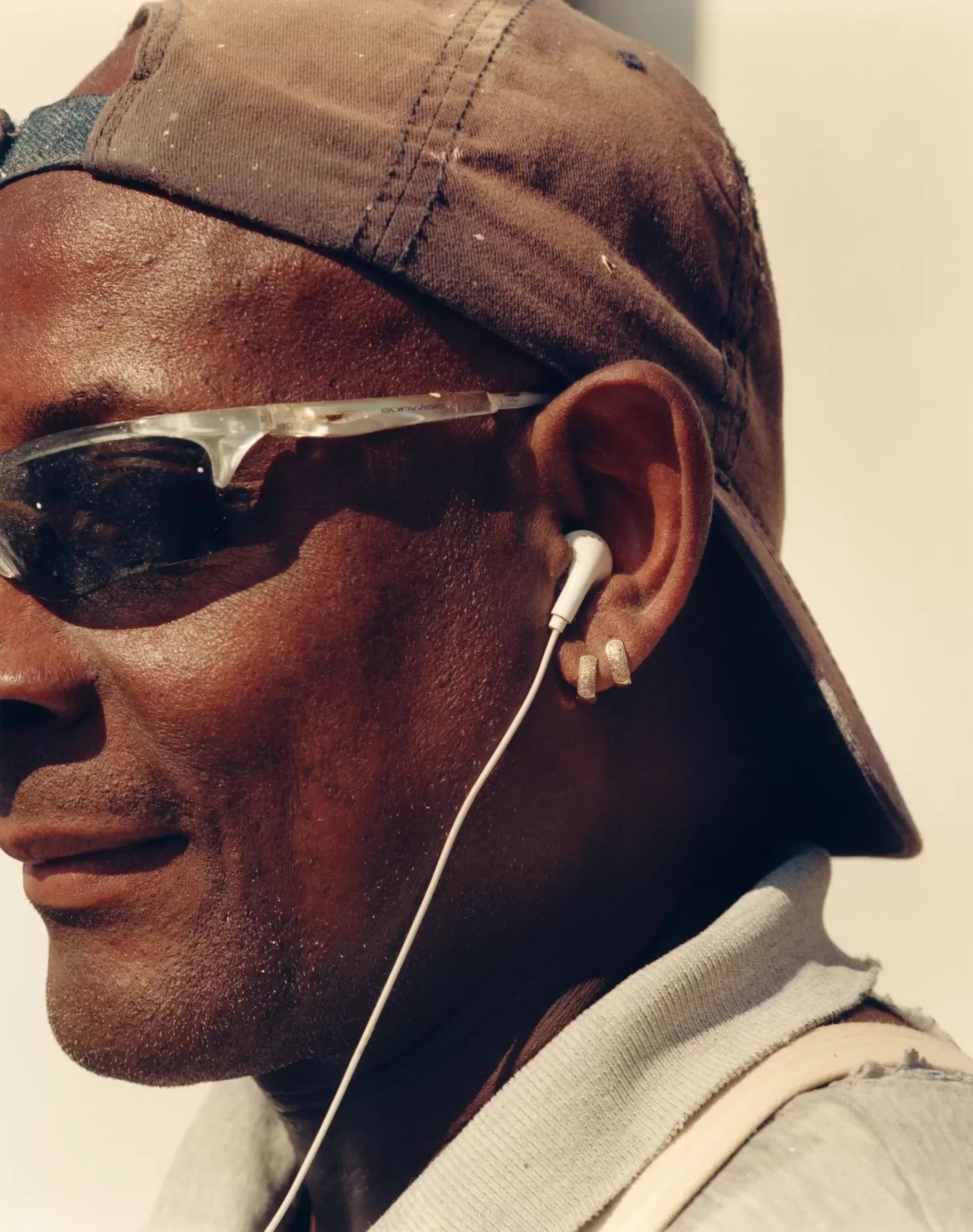
Untitled, from the series The British Isles, 2007-2020, Jamie Hawkesworth © Jamie Hawkesworth, image courtesy Huxley-Parlour, London
If there’s one thing Britain has going for it, it’s a long history of social documentary photography: Martin Parr, Elaine Constantine, Ewen Spencer, Tom Wood, Paul Graham. They have, each in their own way, captured the British Isles and shaped how we see ourselves today. They fall into one of two categories: those who find the unexpected in the everyday, and those who play up to stereotypes. Either way, there’s often a focus on extremes: of youth and age, of regional towns, of turning up the contrast and saturation to eleven. It works. I can’t picture a day on the south coast without thinking of Constantine and Parr. Hawkesworth works differently. And he definitely doesn’t see himself in the line of ‘the great British documentary photographer’, even if I think he soon will be. He treads a fine line between the familiar and the new.
He might not think of himself as a documentary photographer, but the 13 years covered in The British Isles were some of the most eventful in decades: the Olympics, the English riots, the Scottish Independence referendum, Brexit, bookended in 2007 by the Global Financial Crisis and in 2020 by the Covid Pandemic.
I think I already know the answer, but I have to ask, is he making a statement with this work? “I hope I’m not, but I think it naturally does.” He clarifies, “I’m a massive fan of saying a fact, ‘this was shot in the British Isles,’ and then leaving everything else open to whatever anybody wants to take from it.” He recalls talking with publisher Michael Mack about the book, “at one point this weird title popped up like, “Across the land and the sea,” some weird, poetic thing like that. I thought, ‘God, the last thing I want to do is project anything.’ I’ve always been really conscious not to say anything about the project except where it was made.”

Untitled, from the series The British Isles, 2007-2020, Jamie Hawkesworth © Jamie Hawkesworth, image courtesy Huxley-Parlour, London
He’s not exaggerating. There are no captions, no titles, no dates and essentially no context to these images. In his mind, context, the kind you’re given in a lot of social documentary projects, can be reductive and misleading. “I just didn’t feel right to name anywhere. It didn’t feel at all in the spirit of the way I like to do things. The idea of taking a portrait of someone, and then sticking ‘Manchester’ under them feels so reductive. This is just a human being who happens to live on this island. They shouldn’t be defined by place, I just liked the way their hair looked or a pair of funny glasses they had on,” he says.
Hawkesworth’s hesitancy to put a pin in anything goes right down to what he’s doing when he goes out with his camera. He’s hesitant to label it anything: art, documentary, even photography. It’s more important than those categories, it’s simply the act of walking and observing. It’s “mediative” if anything. He puts it in practical terms: “What’s so great about a camera is that while you’re walking it gives you an excuse to talk to a stranger. I think that that idea of having a relationship with a complete stranger in the middle of the street, in the middle of nowhere, transcends all of the things we can put a finger on.”
Jamie Hawkesworth, ‘The British Isles’, continues until 10th August at Huxley-Parlour, 45 Maddox Street, London, W1S 2PE.